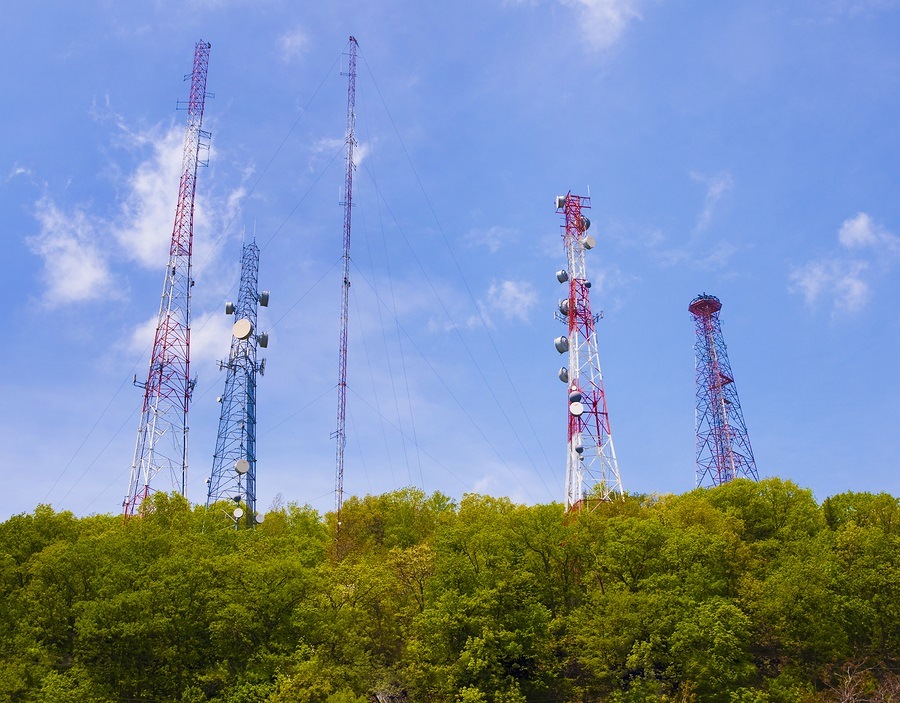5g cell towers are a new kind of antenna that's being used by wireless firms to offer internet service. They're more capable than 4g towers and can be more dense.

Many cities are becoming worried that these towers could cause harm to residents. The concerns are related to health, privacy and aesthetic concerns.
They're Bigger
With 5G, the frequency that radio waves travel through is higher than 4G. This means that it requires more towers to transmit information. This will increase the amount radiation that can be released into the environment.
This is a big issue for HOA communities, business owners, real estate investors, and those worried about negative health effects. They are concerned that the addition of more 5G towers will lower property values and negatively impact public health.
The only way to solve this is to change the way we communicate - by using WiFi instead of the traditional mobile networks. It's unlikely to occur overnight, but it will eventually happen.
How will this be accomplished? What can we do to make it safer? The answer lies in the technology of a cell tower called small cells.
They're more expensive
If you're in the city, you've likely noticed large towers of cellular equipment that are atop towers and structures. These are 4G cell towers and they're used to supply wireless network service to surrounding regions.
They're typically 50-200 feet talland are made to blend into the surroundings to minimize the visual impact. As opposed to 4G, 5G technology requires more dense tower coverage in order to provide coverage across a wide area.
Those dense cell sites can be difficult to maintain as they must be continuously connected and capable of offering high speeds. As a result, they're more expensive than other types of towers.
But if you're a tower operator or an operator for mobile networks, it's sensible to upgrade your current towers to 5G to take advantage of the new technologies that are coming to market. Adding these newer technologies to existing sites can help enhance the capabilities of your site and eventually result in more income for you.
disadvantages of living near a cell tower
What Makes 5g Towers Bad
One of the most significant issues with 5G towers is that they emit more radiation than other kinds of towers. This is due to the fact that they have to be placed in a more dense manner over an area in order to ensure that they are covered.
The RF waves given off by cell phone towers don't have enough energy to damage DNA directly or heat body tissues, but they do degrade chemical bonds in DNA, which could harm cells and lead to cancer.
The concern is that living in close proximity to a 5g tower could have adverse health effects.
This is because these towers have a higher chance to be located near homes and schools in areas where they transmit radio frequency waves all the time. Proteck'd Emf Apparel 'll be closer to you than ever before and the likelihood is higher that radiation is absorbed by your body.
They're not necessary
5G networks depend on an entirely new portion of the spectrum used to transmit data- these are referred to as millimeter waves. They're much shorter than conventional radio waves, at less than 1 to 10 millimeters in length. Therefore, they are more frequent and are able to transmit more power.
To provide the high-speed speed and low latency that 5G promises, it's essential to have a massive array of mobile towers. This will require a large number of masts for cell phones to provide coverage to cities, roads and business districts, schools and even farms.
However, there are other options for delivering fast internet service in highly-populated regions. One possibility is to construct a series of tiny cell sites that are densely distributed to reduce coverage gaps.
However, the biggest concern is where these small cells will go and how they'll impact residents. Local governments and residents are working to find ways to block these installations or prevent them from taking place in their community.
